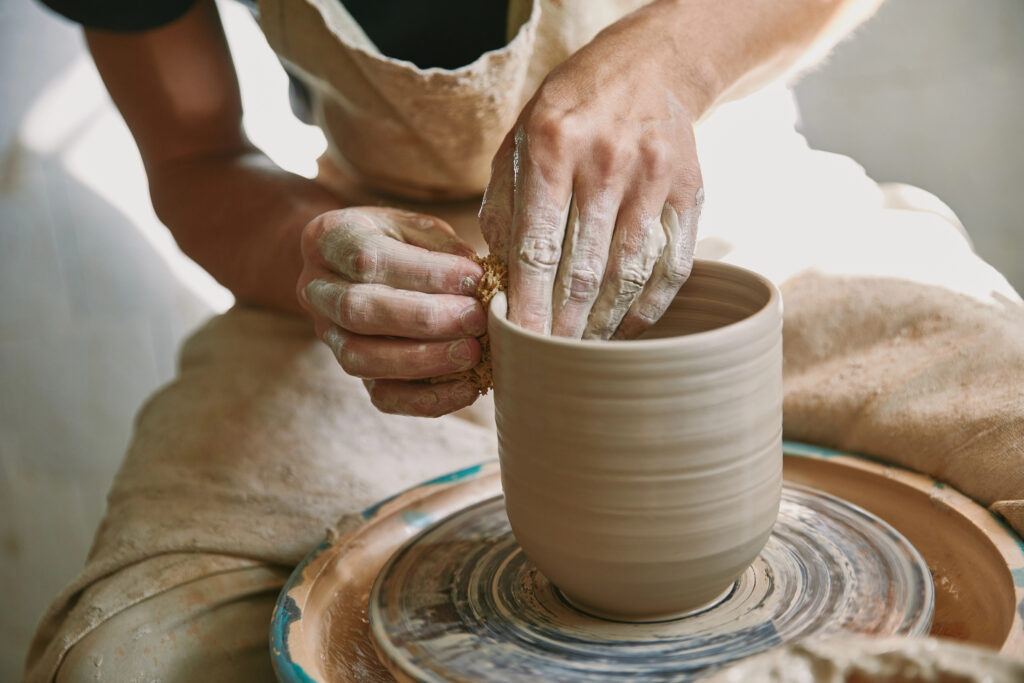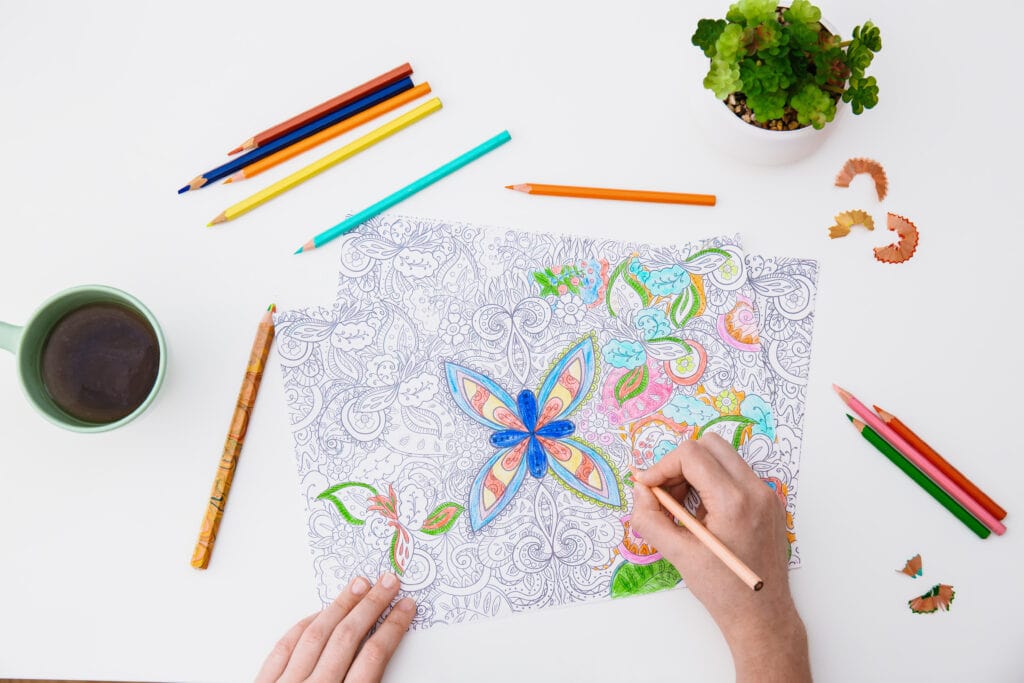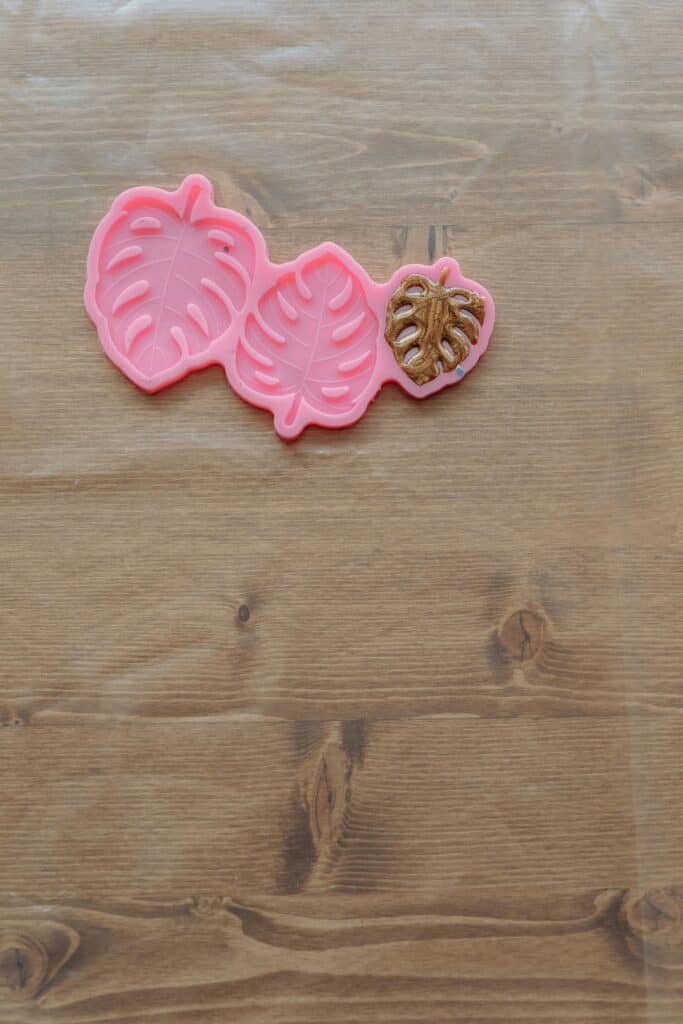Ceramics, a form of art with a rich history dating back to ancient Greece, has played a significant role in cultural development and everyday life. It involves shaping and firing clay to create practical and decorative items.
This ancient craft has experienced a resurgence in modern times, drawing enthusiasts from all walks of life. Whether aiming to create functional household items or purely artistic pieces, Pottery Classes offer a hands-on approach to discovering the joys and challenges of working with clay. These classes provide valuable guidance and community support, making the journey into ceramics accessible and enjoyable.
Mastering Ceramic Techniques
Hand Building
Hand building is a traditional and accessible ceramics technique that relies on the artist’s hands and simple tools. It includes pinching, coiling, and slab construction, which involves pinching clay between fingers, rolling out long strands, and assembling flat pieces. These techniques allow for significant creativity and personal expression, making them ideal for beginners.
Wheel Throwing
On the other hand, wheel throwing requires a potter’s wheel and involves shaping the clay as it spins rapidly. This technique is renowned for creating symmetrical forms like bowls, vases, and pots. Learning to control the wheel and the clay simultaneously demands patience and practice, but the results can be satisfying. Potters often describe the process as meditative, as the rhythmic spinning and tactile engagement with the clay create a unique sense of focus and calm.
Glazing and Firing
The final stages of ceramic creation are glazing and firing. Glazing involves applying a liquid coating to the ceramic piece, which, once fired, forms a glassy surface that can range from glossy to matte, transparent to opaque. This step is crucial for aesthetic purposes and for making the piece functional, as glazes can make ceramics waterproof and durable. Firing, the process of heating the clay in a kiln, transforms the raw, brittle material into a solid, strong object. This metamorphosis highlights the magical nature of ceramics, as earthy clay turns into something profound and lasting.
The Therapeutic Benefits of Ceramics
Ceramics as an art has been shown to improve mental and physical health by reducing stress and anxiety, encouraging creativity and self-expression, and reducing symptoms of depression. Forming clay has a tactile, reflecting quality that helps one focus and reduce distractions. Hands-on clay exercises improve fine motor skills and hand-eye coordination. They also help those recovering from injuries or the elderly since they provide gentle but effective physical therapy.
Getting Started with Ceramics: A Beginner’s Guide
Materials You’ll Need
- Clay: It is available in various types, such as earthenware, stoneware, and porcelain, each with its properties and uses.
- Basic tools: Essential items include a rolling pin for flattening, cutting wire for slicing, and sculpting tools for shaping and detailing.
- Potter’s wheel: While not necessary for all projects, a wheel can be invaluable for creating symmetrical pieces like bowls and vases.
- Glazes: Glazes are versatile and can create unique looks by finishing and coloring your clay creations.
- Access to a kiln: To turn your work from delicate to sturdy, fire it in a kiln to harden the clay and set the glaze.




